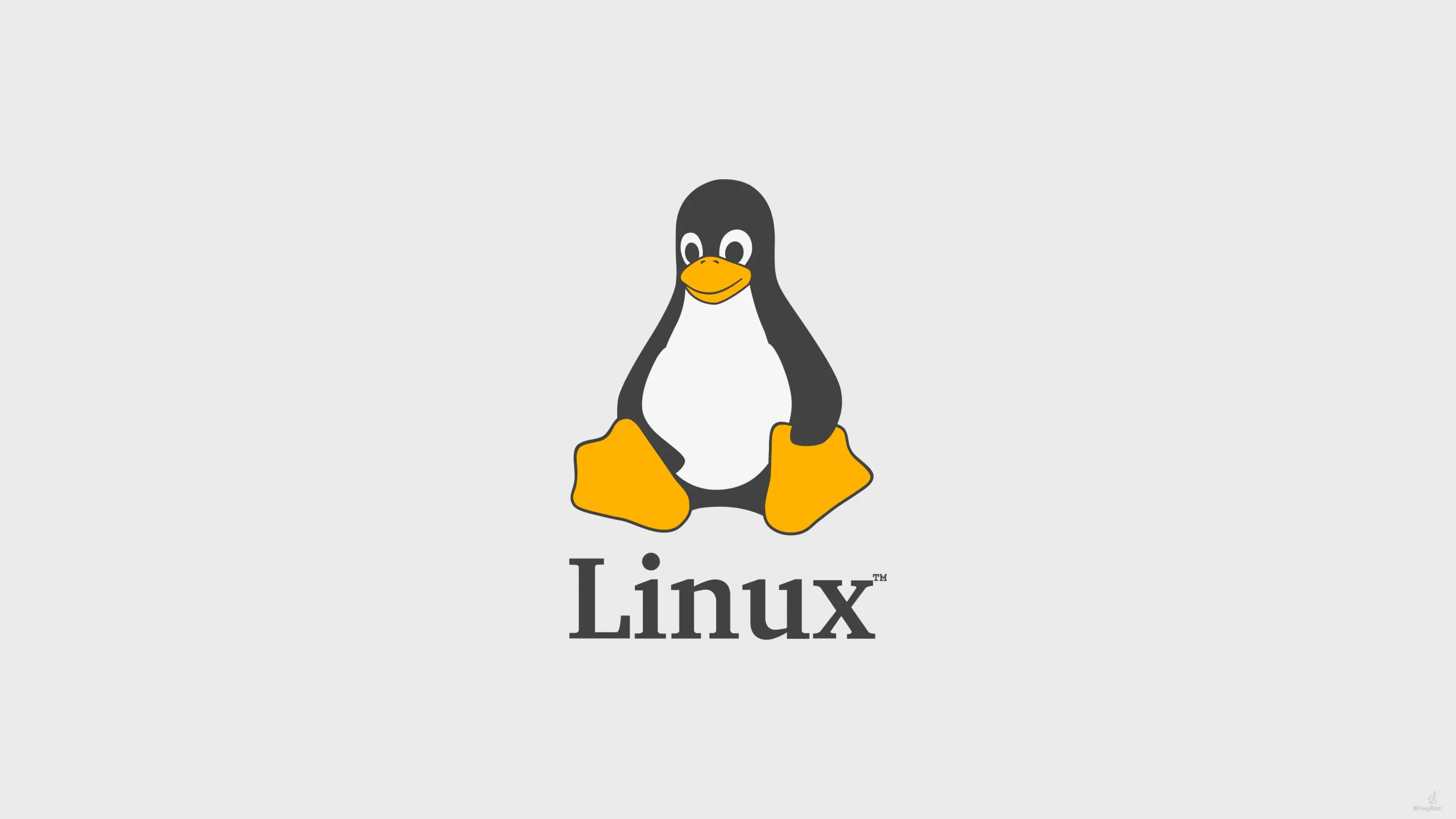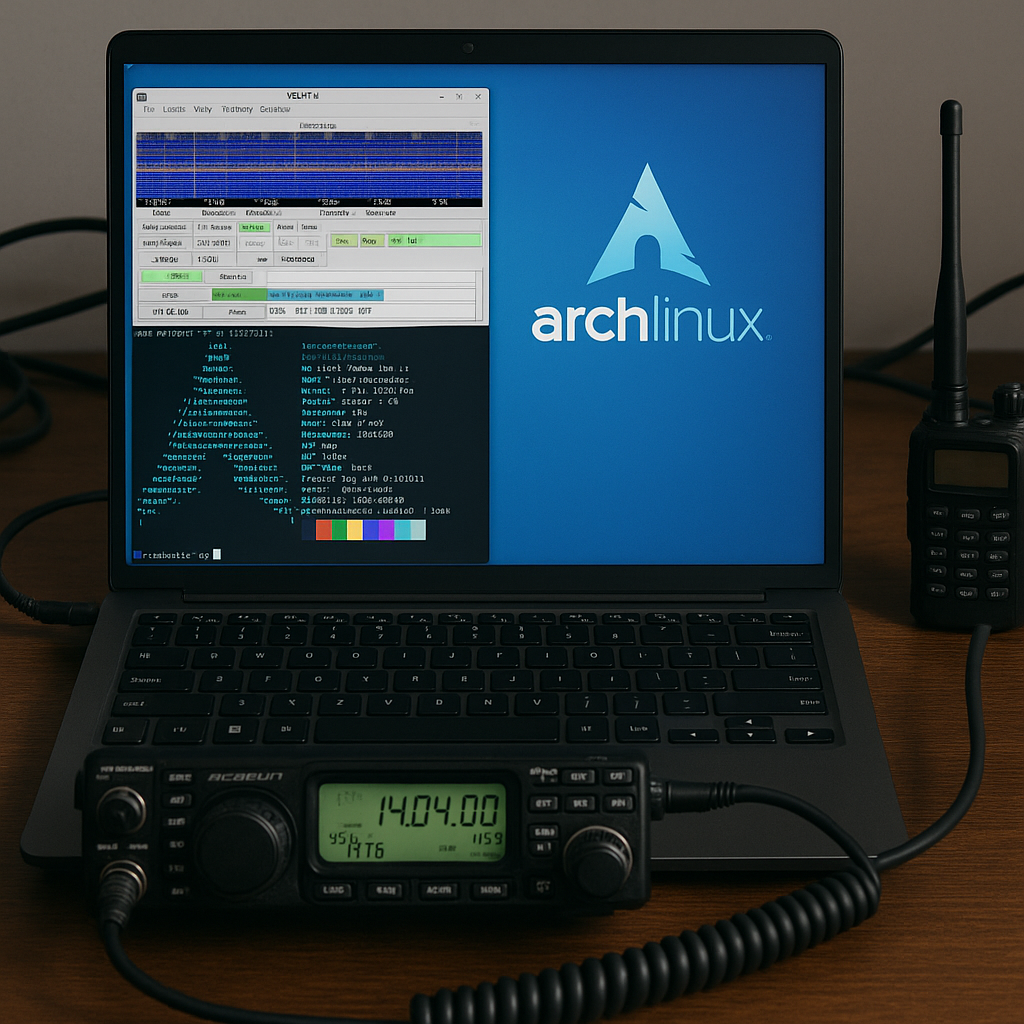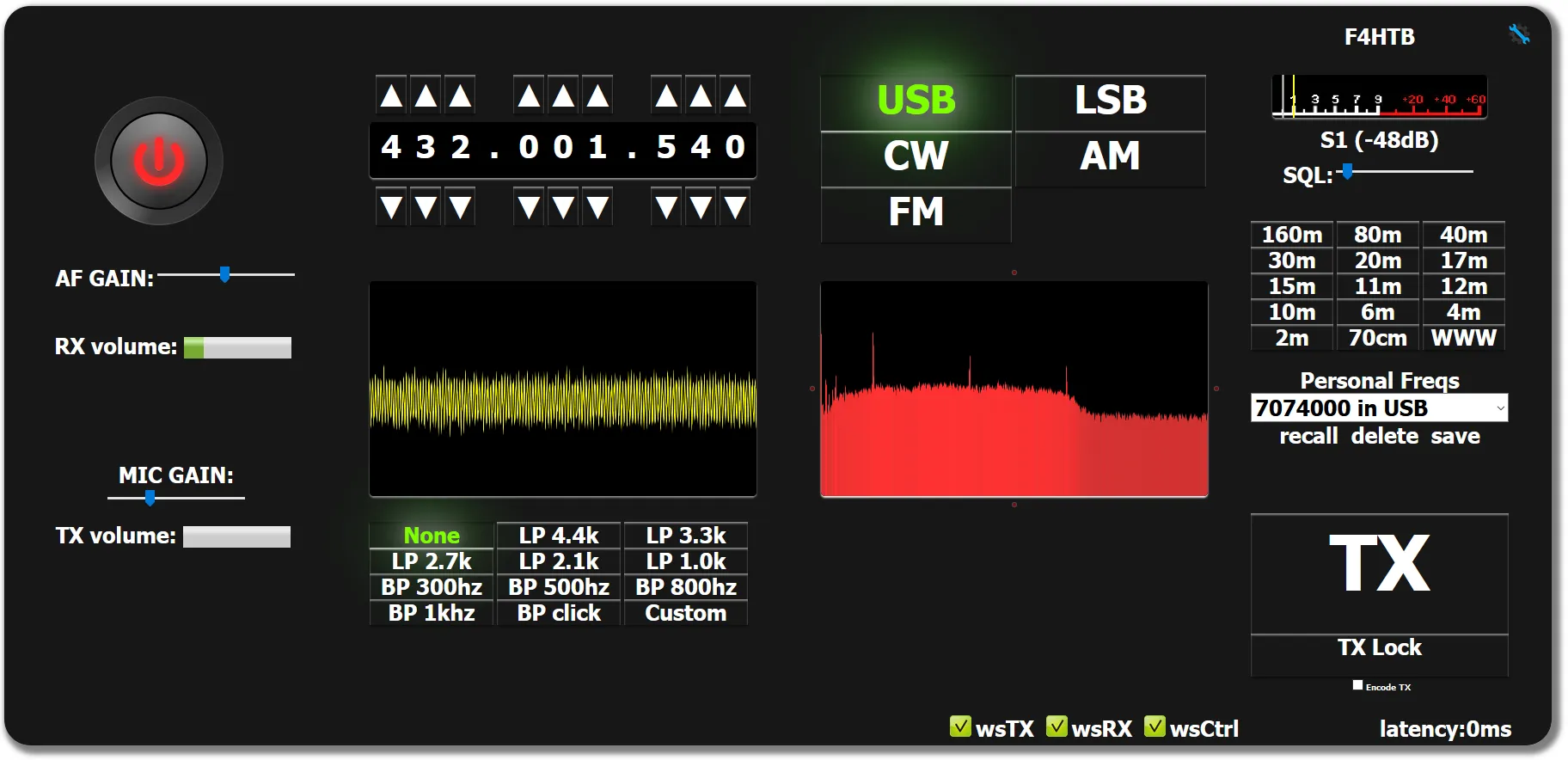archlinux
debian
fedora
free operating system
linux
linux desktop
linux gaming
open source
open source operating system
openSUSE
ubuntu
archlinux, debian, Developers, fedora, FixedRelease, Gentoo, ITProfessionals, linux, linuxcommunity, LinuxComparison, LinuxDistributions, linuxmint, manjaro, opensource, opensuse, RollingRelease, SoftwareUpdates, StabilityVsUpdates, SysAdmin, TechBlog, Tumbleweed, ubuntu
9M2PJU
0 Comments
Linux Fixed Release vs. Rolling Release Distributions: Which One is Right for You?
Linux distributions come in two main release models: fixed release and rolling release. Each has its own advantages and drawbacks, making the choice between them dependent on user needs, preferences, and use cases. In this article, we’ll dive into the history of Linux releases, explain both models in detail, provide examples of each, and help you determine which one suits you best.
A Brief History of Linux Releases
The Linux operating system was first developed by Linus Torvalds in 1991, and soon after, various distributions (distros) began emerging to make Linux more accessible to users. Early distributions followed a fixed release cycle, similar to traditional commercial software, providing stable versions with long-term support.
As Linux usage grew, developers and power users sought an alternative release model that allowed them to receive continuous updates without waiting for major version upgrades. This led to the birth of the rolling release model, which delivers updates as soon as they are available, without the need for reinstalling or upgrading to a new version.
What is a Fixed Release Distribution?
A fixed release distribution follows a structured development cycle, with periodic major releases that bundle all updates, improvements, and new features into one package. These releases are well-tested before being distributed to users.
Examples of Fixed Release Distros:
- Ubuntu – Releases a new version every six months, with Long-Term Support (LTS) versions every two years.
- Debian – Has three main branches: Stable (fixed release), Testing, and Unstable.
- Fedora – Releases a new version approximately every six months.
- openSUSE Leap – A stable release that is synchronized with SUSE Linux Enterprise.
- Linux Mint – Based on Ubuntu LTS releases, focusing on stability and user-friendliness.
Pros of Fixed Release Distros:
✅ Stable and reliable: Thoroughly tested before release.
✅ Long-term support (LTS versions): Security updates for many years.
✅ Predictable update cycles: Users know when a new version will be available.
✅ Ideal for production environments and enterprises.
Cons of Fixed Release Distros:
❌ Software can become outdated between releases.
❌ Requires major upgrades to move to a new version.
❌ May lack the latest features and improvements available in newer software.
What is a Rolling Release Distribution?
A rolling release distribution continuously updates packages as soon as they are available, rather than waiting for a scheduled release. This means that the operating system is always up to date without needing periodic major upgrades.
Examples of Rolling Release Distros:
- Arch Linux – A minimalist and highly customizable distribution.
- openSUSE Tumbleweed – A rolling release counterpart to openSUSE Leap.
- Gentoo Linux – Source-based rolling release with maximum flexibility.
- EndeavourOS – A user-friendly Arch-based distro.
- Manjaro – Based on Arch but with added stability and ease of use.
Pros of Rolling Release Distros:
✅ Always up to date: No need to wait for major releases.
✅ Access to the latest software and kernel versions.
✅ No system reinstallation required to upgrade. ✅ Ideal for developers and enthusiasts who want cutting-edge software.
Cons of Rolling Release Distros:
❌ Can be less stable due to frequent updates.
❌ Updates may occasionally break the system if not managed carefully.
❌ Requires more maintenance and troubleshooting knowledge.
Fixed vs. Rolling Release: Which One Should You Choose?
Choosing between a fixed release and a rolling release distribution depends on your needs:
| Criteria | Fixed Release | Rolling Release |
|---|---|---|
| Stability | More stable | Less stable (but up to date) |
| Software updates | Periodic major updates | Continuous updates |
| Ease of use | Easier, especially for beginners | Requires more maintenance |
| Security | Long-term security patches | Security updates arrive faster |
| Ideal for | Enterprises, production environments, beginners | Developers, power users, enthusiasts |
If you prefer a stable and predictable system with fewer maintenance requirements, a fixed release distribution like Ubuntu LTS, Debian Stable, or Linux Mint is a great choice.
If you want cutting-edge software, continuous updates, and don’t mind occasional troubleshooting, a rolling release distribution like Arch Linux, Manjaro, or openSUSE Tumbleweed will suit you better.
Both fixed and rolling release distributions have their place in the Linux ecosystem. Understanding their differences allows you to make an informed choice based on your workflow, experience level, and expectations. Whether you prioritize stability or cutting-edge software, there’s a Linux distribution that fits your needs.






Post Comment